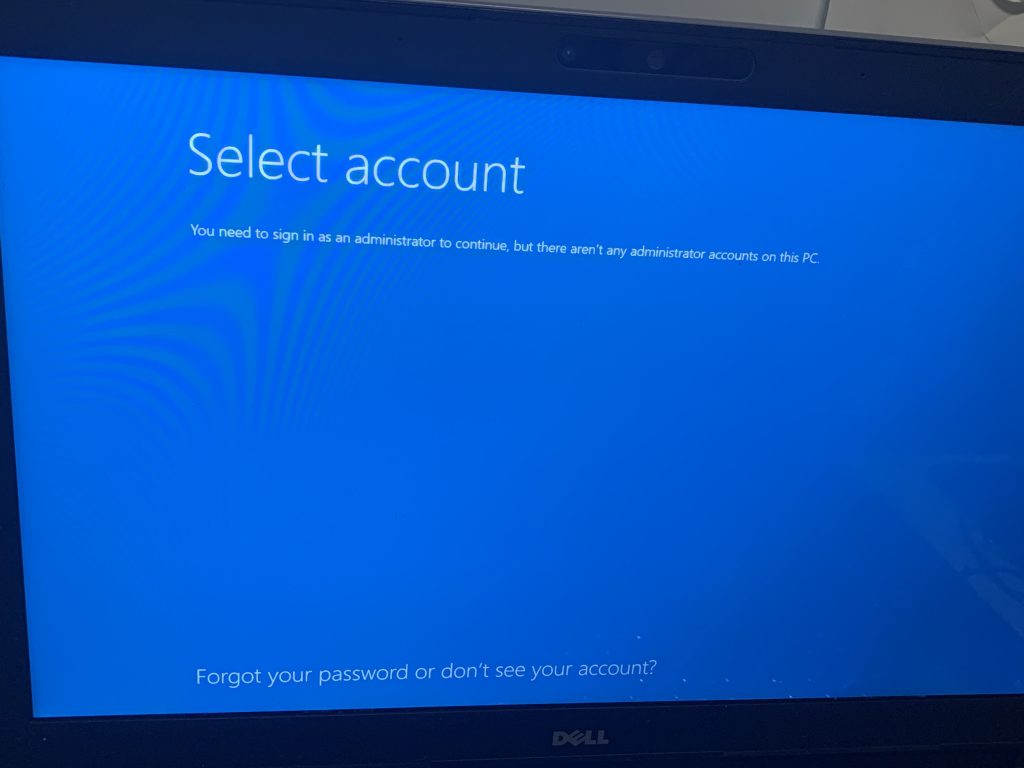Windows error codes can be frustrating to deal with, but they often provide important clues about what is going wrong in your system. Understanding these error codes and how to fix them is crucial for maintaining a smooth-running computer. While some errors are easy to solve, others may require more in-depth troubleshooting. Here is a comprehensive look at common Windows error codes and their solutions. One of the most common error codes is Error 0x80070057, which often appears when there is an issue with Windows Update or during a backup process. This error usually signifies that the system encountered a corrupted file or the user entered invalid parameters. To resolve this, you can run the Windows Update Troubleshooter, clear the Software Distribution folder where update files are stored, or use the DISM Deployment Imaging Service and Management Tool command to repair corrupted files. If the issue persists, resetting Windows Update components or performing a clean boot might help.
Another frequently encountered error is Error 0x800F081F, typically related to. NET Framework installation or updates. This error usually occurs when the system cannot locate the required files to complete the installation. To fix it, you can manually install them. NET Framework from Microsoft’s official website or enable it through the Control Panel by turning Windows features on or off. Running the System File Checker SFC and DISM commands to check for and fix corrupted system files may also resolve this issue. Error 0xc0000005, often known as the Access Violation Error, occurs when a program tries to access memory that has not been allocated to it. This could be due to faulty hardware, outdated drivers, or corrupted system files. Updating your drivers, scanning for malware, and running memory diagnostic tools can help resolve this issue. If none of these steps work, a system restore or even reinstalling Windows may be necessary.
For more general errors, such as Error 0x80240034 related to Windows Updates or Error 0x80004005, an unspecified error often related to file or program permissions, starting with basic troubleshooting can be effective and solve all your PC errors here. Try restarting your computer, updating all your drivers, or running the Windows Troubleshoot tool. If these methods do not solve the problem, using more advanced tools like System Restore, System File Checker, or DISM may resolve the issue. In cases where hardware issues are suspected, performing a hardware diagnostic check using built-in Windows tools or third-party software can help identify the root cause. Finally, if all else fails, reinstalling Windows or performing a system reset might be the only option to fully resolve persistent errors. By understanding and addressing these common Windows error codes, users can minimize downtime and maintain system performance.